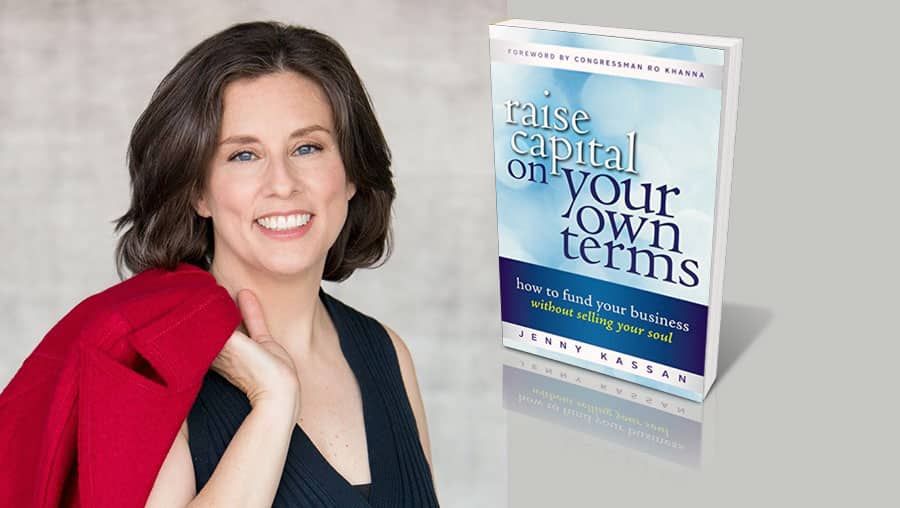How to Craft the Perfect Offering and Find the Right Investors in Five Steps

You need funding for your business and you’d like to try raising money from investors. Since bringing on investors will require some legal documents, you enlist the help of a lawyer. If you’re like most entrepreneurs, your lawyer will hand you a cookie-cutter document called a convertible note, fill in a few blanks to customize it for your situation, and send you on your way.
In my opinion, this is malpractice. There are countless ways to bring investors into your business. And the wrong strategy can cost you. You could end up (1) losing control of your business, (2) fighting constantly with your investors because your offering was out of alignment with your goals, or (3) some combination of the two.
Designing an investment offering should be anything but cookie-cutter. Your investment offering is an expression of your values and dreams for the future. Design it well, and you can stay in control of your business, find investors that support you every step of the way, and keep all of the stakeholders in your business — you, your investors, your employees, your customers — happy over the long term.
Design the right offering for investors in these five steps:
- Understand your business’ structure and tax status and how they affect what you can offer.
The first step in designing your capital raising strategy is to make sure you understand the implications of your legal structure and tax status, and consider changing them if necessary.
When entrepreneurs start a business, they usually form some kind of legal entity – often an LLC or corporation – and select a tax status. But the structure and tax status of your business may or may not be consistent with the capital raising strategy that is best for you.
For example, many small businesses choose a structure and tax status under which tax items are “passed through” to equity investors. But some investors may not want to deal with the hassle of this type of tax treatment. On the other hand, investors who are looking for losses — to offset gains from other passive investments — may be very interested in investing in an early stage business that “throws off” passive losses.
- Decide between equity and debt.
Accounting and tax rules require that every investment offering is classified as either equity or debt.
Debt is a binding promise to pay back the investment with interest. Equity is an ownership interest in your company.
Within those two categories, it is possible to be very creative. There are debt instruments that have many equity-like characteristics and vice versa. There are even instruments that convert from one to the other based on a certain trigger. But you do need to decide on equity versus debt — or your accountant will be very frustrated with you!
Equity and debt have very different implications for tax treatment (for both the business and the investors), investor rights, and business ownership, so carefully weigh the pros and cons of equity versus debt before choosing.
- Decide what economic rights you’ll offer your investors.
Investors invest with the hope of making a financial return on their investment (among many other considerations). There are numerous ways that investors can be compensated, so choose wisely! In the world of high-tech start ups, investors usually make money by buying equity at a low price and then multiplying their original investment when you, if all goes according to plan, sell your business to a larger company for a much higher price. Many people, including lots of attorneys and advisors, think that this is the only way for investors to be compensated. It isn’t. If your company does not plan to follow the tech start up model, design an investment offering that allows your investors to get paid without you having to push for fast growth and an “exit” at any price.
Among the many alternative ways that investors can be paid are interest payments to debt investors (the payments can vary based on your company’s revenues using a tool called Revenue Based Debt), profit sharing payments to equity investors, or repurchasing equity from your investors at a pre-agreed price.
Design the economic rights of your investment in a way that allows you to meet or exceed expectations without having to sacrifice your goals and values. For example, if you want to be able to have free time to spend with your family, don’t offer an instrument that requires you to work day and night to be able to fulfill your investors’ return expectations. If you want to leave your business to your children, don’t make your investors’ financial return dependent on selling the business to the highest bidder as quickly as possible.
- Choose what voting rights you’ll offer to your investors.
Debt investors typically do not have decision-making rights with respect to the company they are investing in. Holders of equity may have some voting rights. But this is completely up to you. You can offer equity with very limited or no voting rights. (In some very limited circumstances, equity investors may have legally mandated voting rights, so be sure to check with a lawyer familiar with the law of the state where you formed your company).
- Add perks.
Once you know the economic rights and voting rights that you want to offer your investors, get creative and add in some great perks. These can include an investors-only discount, a special seat at your restaurant, a bottomless mug of coffee at your café, their name on your wall, investors-only events, and more.
Designing the right offering for your business goals and personal values is well worth the time and effort. You will plant the seeds for a joyful future for you, your business, and your investors.
Have you read Jenny’s book?
=> Raise Capital on Your Own Terms: How to Fund Your Business without Selling Your Soul.
Add CEOWORLD magazine to your Google News feed.
Follow CEOWORLD magazine headlines on: Google News, LinkedIn, Twitter, and Facebook.
Copyright 2024 The CEOWORLD magazine. All rights reserved. This material (and any extract from it) must not be copied, redistributed or placed on any website, without CEOWORLD magazine' prior written consent. For media queries, please contact: info@ceoworld.biz








